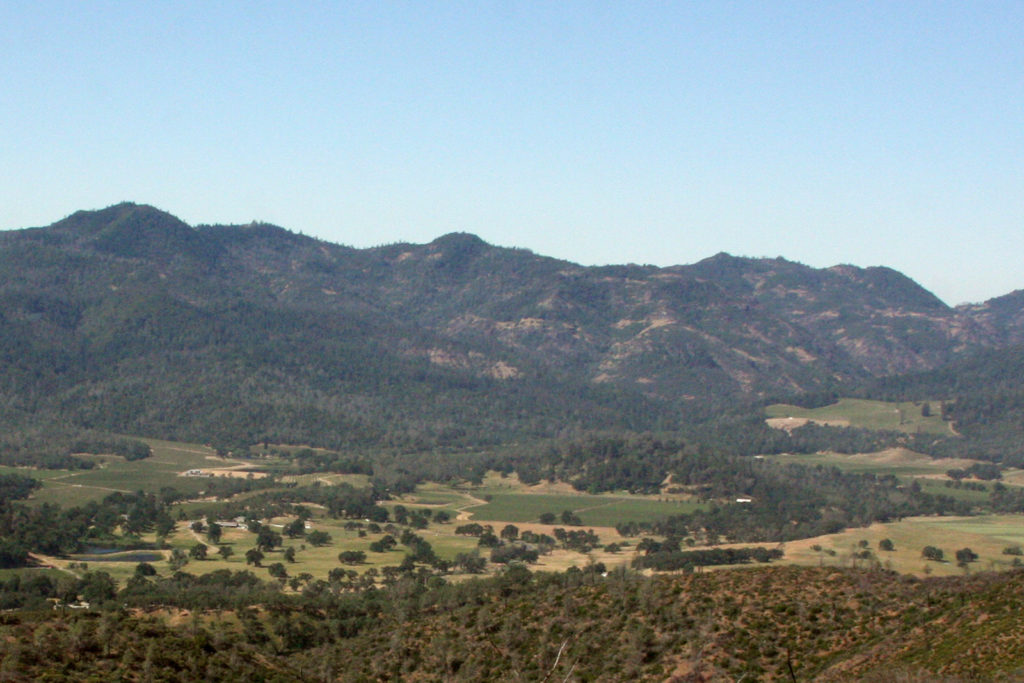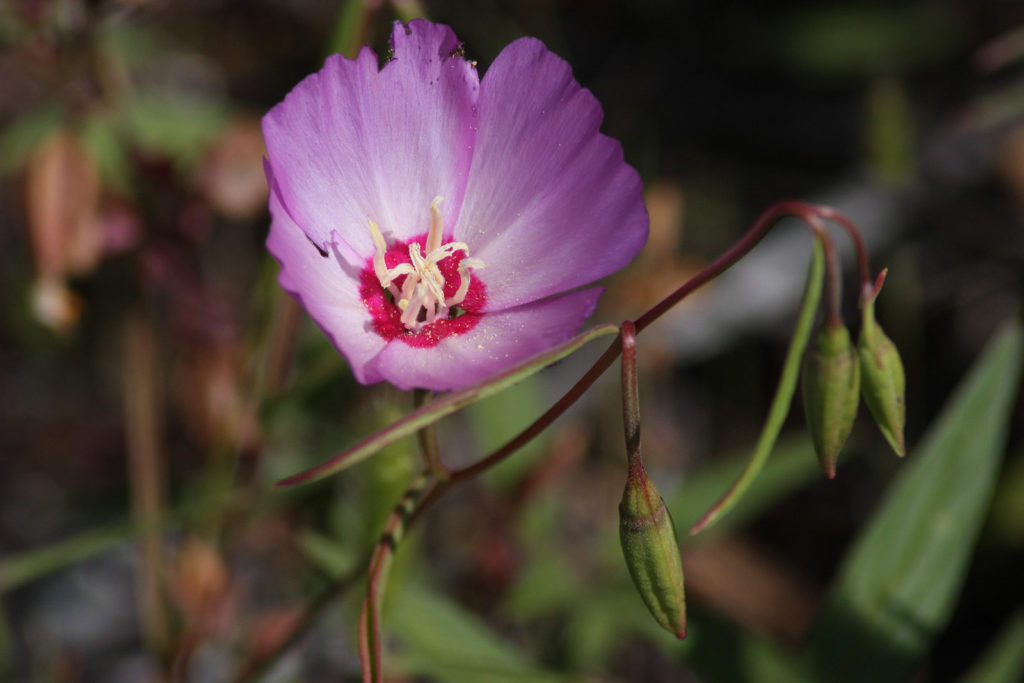Land Trust of Napa County is pleased to announce the acquisition of over one thousand two hundred acres of undeveloped land that will become the non-profit’s newest preserve.
“This property has significant natural values and is in a very strategic location that will enhance and connect other protected lands,” said Doug Parker, CEO of the Land Trust.
The 1,278-acre property has been identified as a high conservation priority in several large-scale planning efforts based on its key location within the North Bay’s highest priority wildlife corridor extending from the Marin coast across Sonoma and Napa to Berryessa. “One of the key conservation priorities for natural areas in the region is to connect together existing protected lands to support critical wildlife corridors. Protecting this 1,200-acre property at the northern end of Pope Valley is a key step toward developing an unbroken corridor of protected land from Robert Louis Stevenson State Park and Mount St. Helena to Berryessa,” said Parker, “ensuring that wildlife can move freely across these large open spaces into the future.” It is also adjacent to over 5,000 acres of existing protected land.
“I want to thank the landowners for their interest in protecting this property that has been in their family for a long time,” said Parker. The landowners have owned the property for two generations spanning over 70 years. “I know that when they made this important decision to sell their property, after owning the land for so long, they were interested in exploring a conservation solution that would forever protect the natural values on the property. And that is exactly what we will do,” said Doug Parker.
The five siblings and their spouses who owned the property said, “The children of Pat and Wood Grinsell are pleased to know that the ranch property, where we spent so much time, will be protected for generations to come under the watch of the Land Trust of Napa County.”
“This project would not have been possible without the help of our partners who provided funding for this purchase.” said Parker. “I want to thank the California Wildlife Conservation Board and the Gordon and Betty Moore Foundation.”
“The Wildlife Conservation Board is proud to partner with the Land Trust of Napa County on the acquisition of the 1,278-acre Grinsell Ranch to help protect the Land Trust’s newest preserve,” said John Donnelly, Executive Director of the Wildlife Conservation Board. “The preserve protects the serpentine soils consisting of numerous rare plants and also eliminates the threat of development and fragmentation protecting a key linkage in the North Bay for wildlife movement.”
“This is a significant conservation acquisition in a very important wildlife corridor,” said Dan Winterson, who manages the Bay Area Conservation Program at the Gordon and Betty Moore Foundation. “The Land Trust of Napa County has been working on this important acquisition for a long time, and I’m very happy to see their hard work come to fruition.”
Besides its strategic location, Napa botanist Jake Ruygt completed a botanical assessment of the property and found 17 special status species. This ranks the property at the highest levels for priority biodiversity in the region. The property includes excellent examples of several natural community types, including Sargent Cypress Forest and Serpentine Riparian Scrub as well as other serpentine habitats. Serpentine soils support, by far, the largest number of rare plant species of any soil type statewide. Rare species on the property include Green Jewelflower, a rare species that occurs only in northern Napa and southern Lake counties. The botanist’s report also says that this property “appears to be a particular stronghold for Two-carpellate Dwarf Flax,” a species whose entire range is found within only four counties in California. This property’s extensive population may already be a key refugia for this species.
“The Land Trust plans to work toward restoring native plant communities and protecting the property’s several rare plant species through an integrated invasive species management strategy,” said Mike Palladini, Stewardship Program Manager for the Land Trust. The majority of the property is dominated by serpentine chaparral habitats that are largely free of invasive exotic species. However, native species are being threatened in some open areas by invasive species, including barbed goatgrass (Aegilops triuncialis), one of the few invasives that can threaten native species on serpentine soils. Where appropriate, the Land Trust will also consider active reestablishment of native plant communities by collecting, propagating and planting of native species in previously invaded areas, something the Land Trust has successfully undertaken on other properties. The Land Trust also plans to monitor the ecological recovery of Sargent Cypress forest, serpentine meadow and chaparral, and smaller areas of non-serpentine oak woodland, following wildfires that burned through the property in 2014 and 2020.





